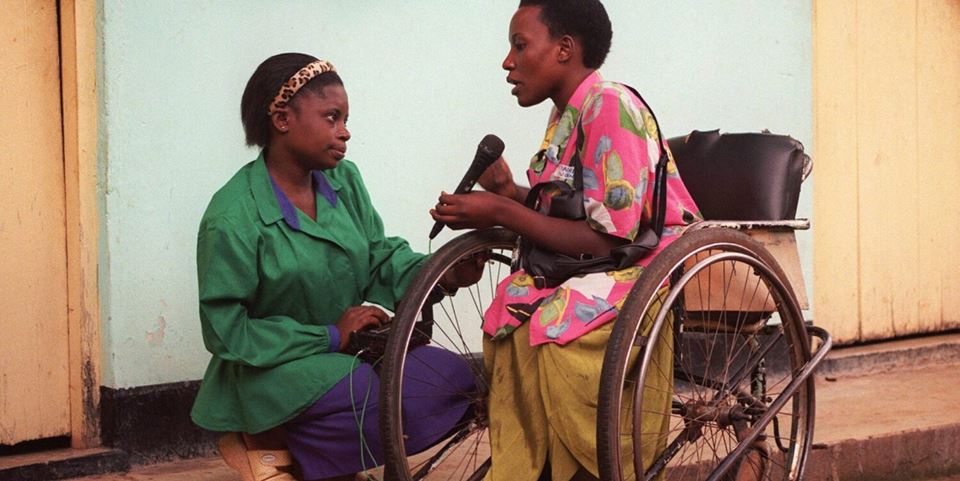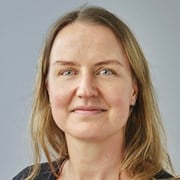The Covid-19 pandemic only served to exacerbate existing inequalities across the world. The poorest and most vulnerable were the hardest hit by the pandemic and its aftermath.
And in the face of our current global economic challenges, their situation is becoming even worse.
This ought to wake us up to how we should be focusing our overseas aid efforts.
Leave no one behind
Norway has determined that the UN’s 2030 agenda, with its 17 Sustainable Development Goals, constitutes the framework for government sponsored efforts both domestically and worldwide. A key principle set out in the 2030 agenda is that “no one will be left behind”.
In prosperous countries engaged in wide-ranging overseas aid efforts, the prevailing view is to help as many as possible out of poverty.
However, as researchers looking into the living conditions of vulnerable groups in the global south, our view is that the situation is more nuanced.
Often missing our targets
Even though we have many examples of where aid is targeted directly at the poorest and most vulnerable, our experience is that it all too often ends up in the hands of other groups instead. Specifically, these may be people who are in the best position to receive aid because they occupy privileged positions, have knowledge or an education, or belong to a majority grouping.
This observation applies to aid from both individual countries such as Norway and from international organisations.
So, we argue that there is good reason to question whether many overseas aid projects, in stark contrast to their objective of lifting vulnerable groups out of their miserable living conditions, are in fact contributing towards maintaining existing inequalities, or even promoting new ones.
Long-standing discrimination
Since the start of the Covid pandemic, the number of people living in poverty worldwide has increased by 165 million. All these people are living in low- to middle-income countries. For this reason, it is more important than ever to ensure that aid projects continue to benefit the weakest of the weak.
This large and growing group has many characteristics.
One of the major reasons why people ‘fall by the wayside’ in low-income countries is long-standing discrimination – in combination with poverty. Both of these factors are causing individuals, families and entire communities to be excluded and marginalised.
Many groups are affected
Vulnerable and marginalised groups include the functionally impaired, the chronically sick, internally displaced persons, refugees, those living in extreme poverty, ethnic minorities and, in many situations, women.
We know a great deal about the discrimination of such groups. Discrimination undermines people’s opportunities to obtain adequate health services and increases the risk that those who are already poor will be forced into more extreme levels of poverty.
Why many aid projects fail to hit home
Our experience is that many aid projects fail to benefit these marginalised groups, and there are a number of reasons for this:
- Countervailing forces opposed to aid in recipient countries may act to prevent initiatives that disrupt the existing balance of power and distribution mechanisms.
- Recognition that the principle of ‘no one will be left behind’ is not in fact universal.
- Consideration for vulnerable groups is rarely emphasised in connection with ‘knowledge and technology transfer’ initiatives or as part of the development of new knowledge and technologies.
So, how can we in the prosperous countries change or remedy this situation?
A roadmap for better targeted aid projects
If we are to ensure that no one is left behind, it is not enough simply to target aid efforts at the poorest. We also have to combat discrimination and inequality both within and between countries.
For this reason, aid projects must focus on the following:
- Meeting the interests of vulnerable groups in rural areas must be made a condition of ‘knowledge and technology transfer’ initiatives. For example, without this condition, digital technology for the rationalisation of health service provision may have the unintended result simply of consolidating the specialist health services available to urban elites.
- Ensuring access to adequate health services, especially in rural villages, and not least for mothers and children. Without this it will be difficult both to reduce mortality rates among mothers and children and prevent birth defects that result in functional impairment. Some agencies are already performing exemplary work in this field. The company Norske Lærdal Medical is an example of Norwegian industry focusing its efforts directly on mothers and children in low-income countries.
- Increasing access to technical aids. In our part of the world, such access has enabled people with disabilities to obtain better educational and work opportunities, as well as social participation. In many low-income countries, access to such equipment is catastrophically poor or non-existent.
Win-win for all recipient countries
Today, it is more important than ever to combat inequality. It is estimated that between 15 and 20 percent of the populations of low-income countries are at risk of being left behind in the face of universal economic development. This in spite of the volumes of aid being offered under current funding initiatives.
If we succeed in making the benefits of development initiatives accessible to the most vulnerable, we will not only prevent these groups from being left behind – we will also reap the bonus of the greater accessibility of health and welfare services to the entire populations of low-income countries.
This article was first published in the financial daily Dagens Næringsliv on 20 October 2023 and is reproduced here with the permission of the paper.



